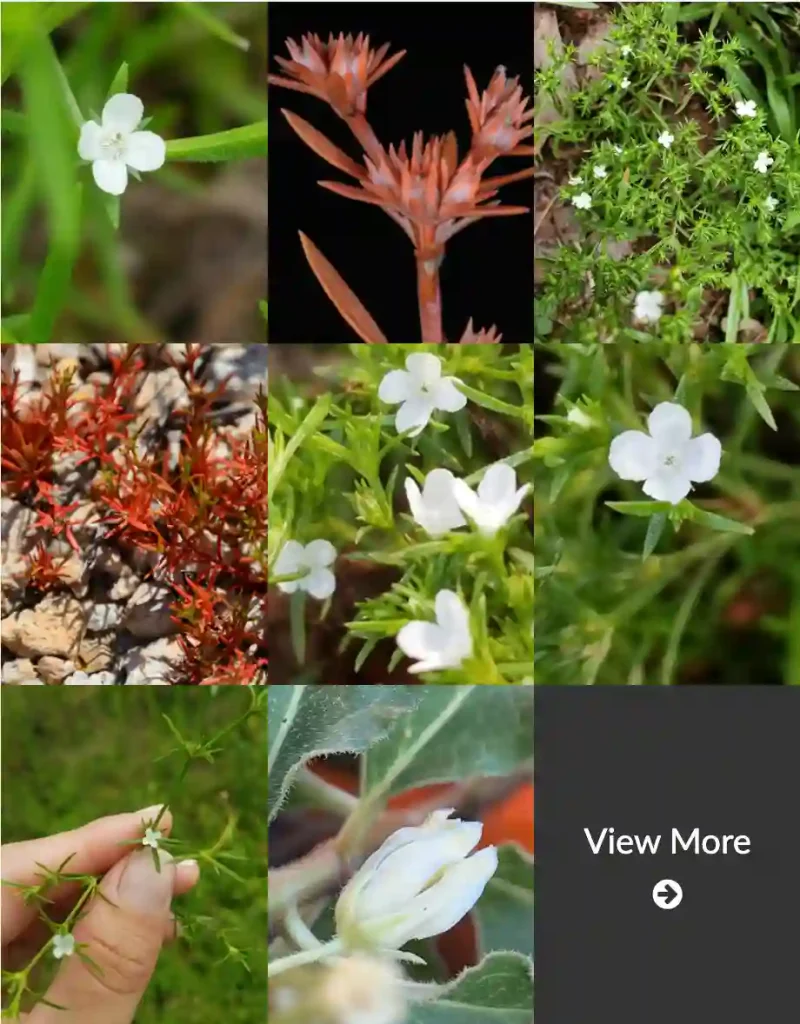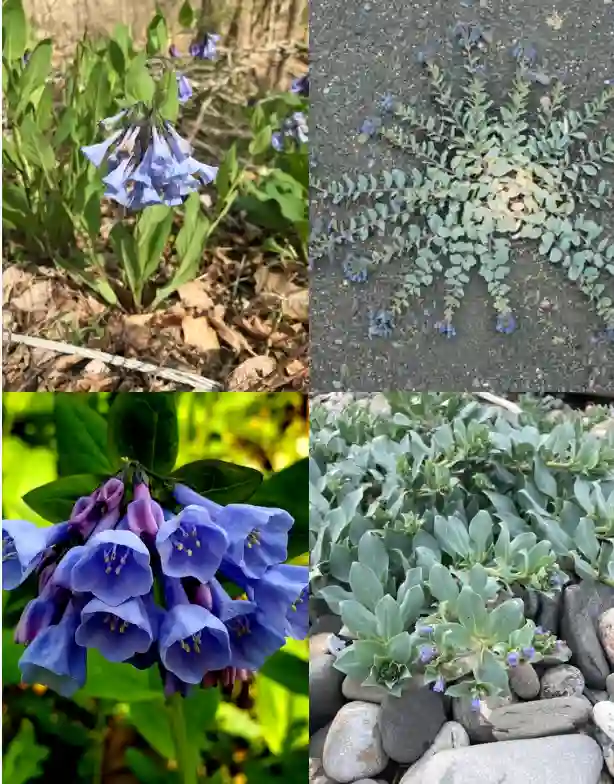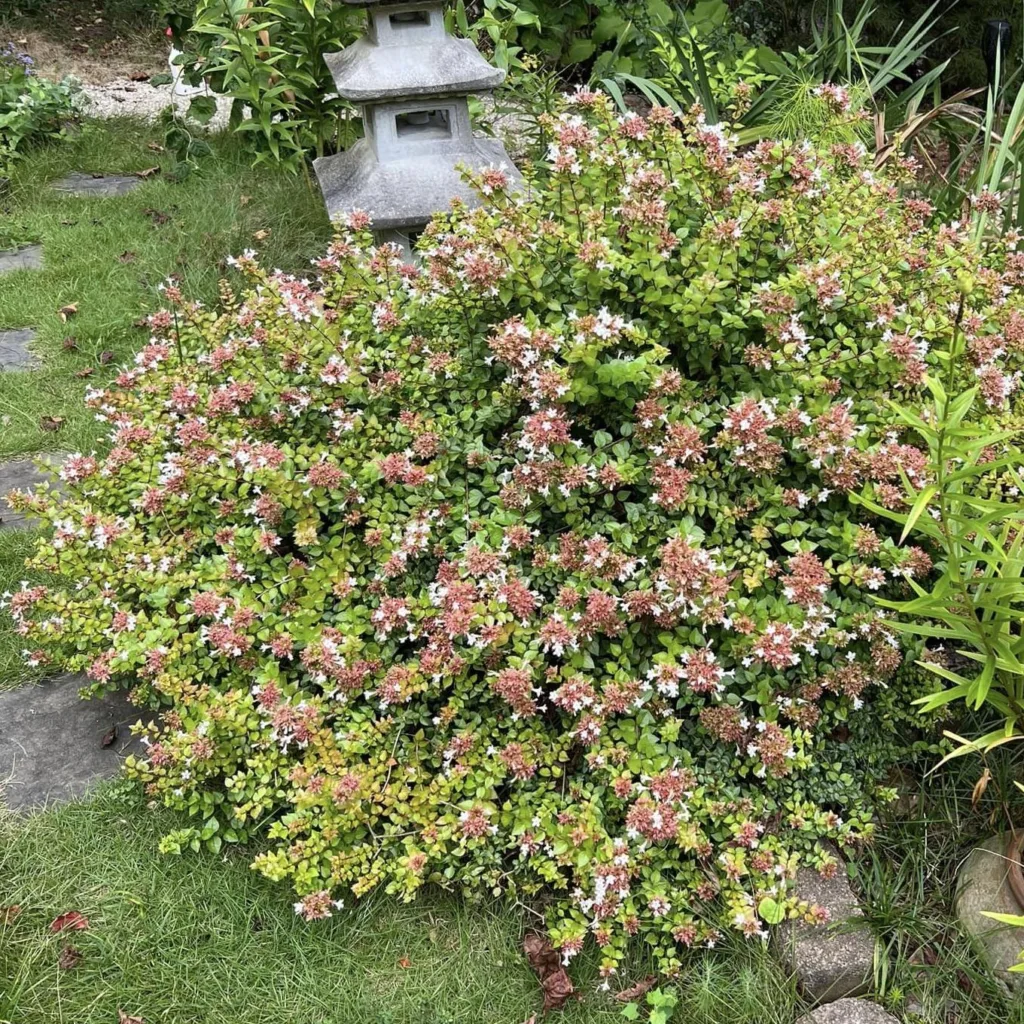Frequently Asked Questions About Aloe Maculata
As a plant enthusiast, I’ve had my fair share of experiences with different types of aloe. One of my favorites is Aloe Maculata, also known as the Soap Aloe. This succulent is not only beautiful but also versatile, offering a range of uses from skincare to gardening. If you’re curious about Aloe Maculata, here are some frequently asked questions that I often come across.
605 Species in Genus Aloe
What is Aloe Maculata?
Aloe Maculata, commonly known as the Soap Aloe, is a type of succulent native to southern Africa. It’s characterized by its rosette of thick, fleshy leaves that are green with white spots. The leaves are edged with small, harmless teeth, and the plant produces striking red or orange flowers on tall stalks. It’s a hardy plant, capable of thriving in various climates, which makes it a popular choice among gardeners.
How to Care for Aloe Maculata?
Caring for Aloe Maculata is relatively straightforward, making it an excellent choice for beginners. Here are a few tips:
- Light: Aloe Maculata thrives in full sun but can tolerate partial shade. If you’re growing it indoors, make sure it gets plenty of bright, indirect light.
- Water: This succulent is drought-tolerant, so it’s crucial not to overwater. Let the soil dry out completely between waterings to prevent root rot.
- Soil: Well-draining soil is essential. Use a cactus or succulent mix, or add sand or perlite to regular potting soil.
- Temperature: Aloe Maculata can withstand a range of temperatures, but it’s best to keep it in a range of 50°F to 85°F (10°C to 29°C). It can handle brief cold snaps but should be protected from frost.
Can You Grow Aloe Maculata Indoors?
Yes, Aloe Maculata can be grown indoors, provided it has enough light. Place it near a south-facing window where it can receive plenty of bright, indirect sunlight. If natural light is insufficient, consider using a grow light to supplement.
Is Aloe Maculata Edible?
One of the common questions I get is whether Aloe Maculata is edible. Unlike the popular Aloe Vera, Aloe Maculata is not typically consumed. While it’s not considered highly toxic, ingesting it can cause stomach discomfort due to its saponin content, which gives it the name Soap Aloe. It’s best to avoid eating Aloe Maculata and stick to Aloe Vera if you’re looking for a safe, edible aloe variety.
How to Make Soap with Aloe Maculata?
Aloe Maculata is often used to make soap, thanks to its high saponin content. Here’s a simple way to make soap using Aloe Maculata:
- Harvest the leaves: Cut a few leaves from the base of the plant and slice them open to scoop out the gel.
- Prepare the soap base: Melt a soap base (like glycerin) in a double boiler.
- Mix in the aloe gel: Add the Aloe Maculata gel to the melted soap base and stir well.
- Add fragrance and color: If desired, add essential oils for fragrance and natural colorants.
- Pour into molds: Pour the mixture into soap molds and let it cool and harden.
This homemade soap can be used for its soothing properties, though it’s important to do a patch test first to ensure you don’t have any sensitivity to the plant.
Is Aloe Maculata Good for Skin?
Yes, Aloe Maculata can be beneficial for the skin. Its gel has soothing and moisturizing properties, which can help alleviate skin irritations and dryness. However, because it’s not as commonly used as Aloe Vera for skincare, it’s wise to do a patch test before using it extensively. If you have sensitive skin, sticking with Aloe Vera might be a safer option.
How to Propagate Aloe Maculata?
Propagating Aloe Maculata is a simple process:
- Offsets (Pups): The easiest way is by using offsets, which are small plants that grow at the base of the parent plant. Gently remove the offset from the parent plant, making sure to include some roots.
- Planting: Let the offset dry for a day or two to form a callus, then plant it in well-draining soil. Water sparingly until it establishes roots.
- Leaf Cuttings: Although less common, you can also propagate by taking a leaf cutting. Let the cutting dry for a few days, then plant it in soil. It will take longer to root than offsets.
Aloe Maculata vs. Aloe Vera
A common question is how Aloe Maculata compares to Aloe Vera. While both are succulents with similar care requirements, they serve different purposes:
- Appearance: Aloe Vera has smooth, thick, green leaves with small, soft spines, whereas Aloe Maculata has spotted leaves with small teeth along the edges.
- Uses: Aloe Vera is widely known for its edible and medicinal uses, particularly for soothing burns and skin irritations. Aloe Maculata, on the other hand, is not typically consumed but is used for making soap and for ornamental purposes.
- Toxicity: Aloe Vera is safe for ingestion in small amounts, but Aloe Maculata can cause stomach discomfort if eaten.
Aloe Maculata vs. Aloe Jucunda
Another comparison often made is between Aloe Maculata and Aloe Jucunda. While both are attractive succulents, they differ in several ways:
- Size: Aloe Maculata tends to grow larger and has a more robust, upright form, while Aloe Jucunda remains small and compact.
- Color: Aloe Jucunda has more vibrant green leaves with reddish-pink spots, compared to the muted green with white spots of Aloe Maculata.
- Flowering: Both plants produce flowers, but Aloe Jucunda’s flowers are usually smaller and less vibrant than those of Aloe Maculata.
Where to Buy Aloe Maculata?
If you’re looking to add Aloe Maculata to your collection, you can find it at many garden centers, nurseries, and online plant stores. It’s not as common as Aloe Vera, but with a bit of searching, you’ll be able to find a supplier. Make sure to choose a healthy plant with firm leaves and no signs of rot or pests.
Conclusion
Aloe Maculata is a versatile and hardy succulent that can add beauty and utility to any garden or home. Whether you’re looking to use it for skincare, make homemade soap, or simply enjoy its ornamental appeal, this plant is a great addition to your plant collection. Just remember, while it’s great for external use, it’s best to avoid ingesting it. Happy gardening!
If i die, water my plants!



